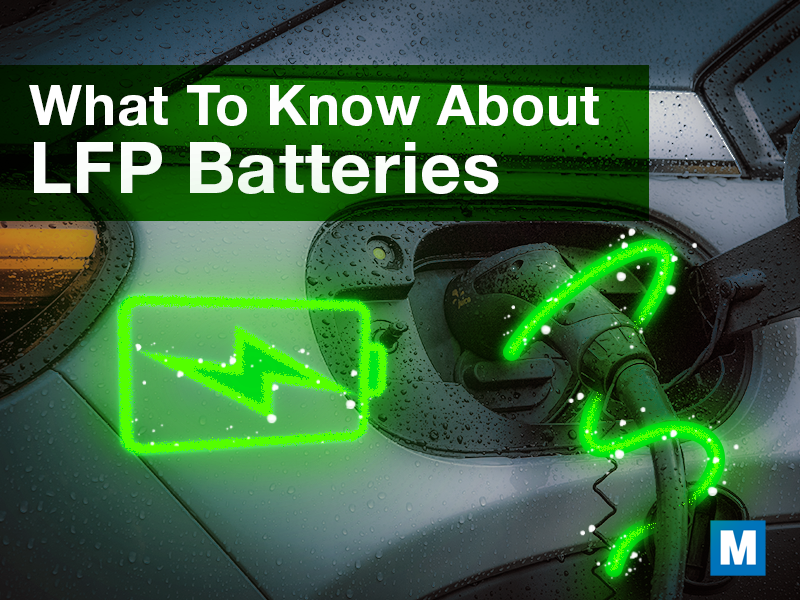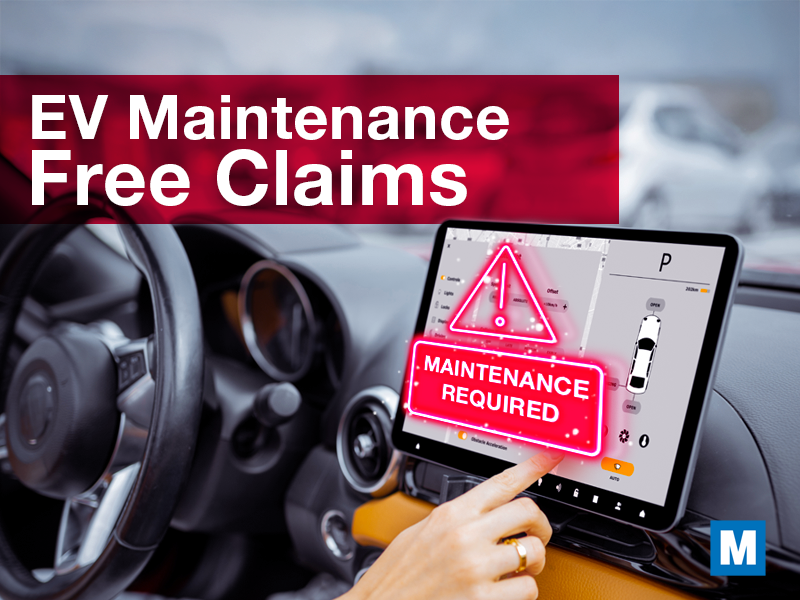There’s no gas tank to fill up, but electric cars still need energy that can propel them down the road. The electricity stored in a battery pack is used to power the electric motors primarily, but also serves to recharge a 12-volt battery that powers the infotainment, ADAS, and cabin comfort systems. When the charge is low, you’ll need to plug into an EV charger to top up the battery, but not all electric vehicle chargers are the same.
The types of EV chargers are broken down by levels, and as the level increases, so do the charging speeds. Explore the differences between the charging protocols and which one you could expect to use most often for your vehicle.
Level 1 Charging
Your average household plug – the three-prong plug with an outlet that looks a little like a surprised emoji – operates on approximately 120 volts of alternating current, usually at 15 amps or less. All electric vehicles have the option to use Level 1 charging with a cable that’s usually supplied with it when it’s purchased new.
The relatively low power from a household plug is effective at a slow but steady recharge rate and one of the main advantages is how easily accessible 120-volt plugs are for parking spots and in home garages. Like trickle charging a car battery, the slow charging rate is also extremely safe for all battery types.
For Level 1 charging, you likely won’t have to go out of your way to find a plug but you will have to be patient. The charging rate often equates to around three to five miles of range per hour, meaning you’ll need several hours of charging for any drive further than the grocery store and back. To recharge a 100kWh battery pack fully, you’d need to be plugged in for a little more than 40 hours.
On your car’s side, a Level 1 charging cable plugs into a Type 1 J1772 connector, which is a round plug with five pins or contacts. The exception is a Tesla model where a proprietary connector is used, but there are adaptors supplied to use Level 1 charging cables.
Level 2 Charging
Level 2 charging is a much faster type that also utilizes power you’ll find inside a typical home, but also in a commercial setting. It uses 208 volts or 240 volts of alternating current power to charge your EV battery. Although it uses AC power like Type 1 chargers, Level 2 systems have double the power and operate at higher amperages. Most systems will operate at 32 to 40 amps. The cable required to charge at Level 2 rates is usually supplied with your vehicle as well.
Because the power supply at Level 2 is much higher, a dedicated plug and charger will need to be used. For home charging, an electrician can install the charger, provided you have enough capacity in your electrical service to accommodate it.
Using a Level 2 charger, you’ll cut the charging time more than in half. For the same 100kWh battery, you might be able to fully recharge your battery from empty in about 14 to 15 hours, although a few hours on the charger at a time would be enough for most commuters. It’s not very convenient for long trips, though, and availability for overnight charging away from home can be hit and miss.
On your vehicle, you’ll have a seven-pin outlet that the cable plugs into. Tesla, again being different, uses their own five-pin connector to charge at Level 2 AC rates.
DC Fast Charging
Direct current, or DC, is used for faster charging protocols, hence the term DC Fast Charging/DCFC. It’s what’s known as Level 3 charging. Power output is much higher with DCFC, delivering rates of 50kW to 350kW, so it obviously can charge a battery in a fraction of the time. Among DC Fast Charging, there are three types of connectors to think about.
Combined Charging System (CCS)
The CCS charging protocol uses the Type 1 J1772 plug as well as two additional contacts underneath it to provide much faster charging than either Type 1 or Type 2. Depending on your vehicle and the charging infrastructure, these chargers are capable of delivering up to 350 kW at 480 volts. Not accounting for rate adjustments above 80% capacity, CCS could recharge a 100kWh battery from zero in about 17 to 20 minutes.
CCS is by far the most popular mass-market DCFC option in the US, but there are others available.
CHAdeMO
Derived from the name Charge de Move, CHAdeMO provides charging rates in most locations of up to 50kW. The plug looks like it has four contacts but actually has 10 when you look closely. Using a CHAdeMO charger, our 100kWh battery could take around 2 hours to fully recharge. However, it’s great for a quick range top-up.
In the US, almost all EV manufacturers have switched away from CHAdeMO on new vehicles being built, but there remain some models on the road that require the protocol to charge and it will likely be supported on infrastructure for years to come.
Tesla Supercharger
Unique to Tesla models, the Tesla Supercharger network has speeds currently up to 250kW. That’s set to change later this year, bumping up to 324kW charging rates. The plug has five contacts – two larger ones at the top and three smaller points at the bottom.
Tesla models have an adapter available as well for CCS and/or CHAdeMO chargers, so they aren’t limited to where they can top up. At 250kW at a Tesla Supercharger, a 100kWh battery pack would need roughly 24 to 30 minutes to fill up.
Which EV Charger Should You Use?
For EV owners, determining how to top up the battery can be a concern. DCFC options can affect a battery’s state of health negatively, although they’re much faster. Level 2 options are great for home charging solutions and at a safer rate for the battery, but take hours longer than DCFC. And Level 1 is often relegated to an emergency situation only since the rate is so slow.
Whether you choose DC Fast Charging or Level 2 charging, it’s important to preserve your EV battery’s health and to address any changes in the state of health or range that you notice. Battery management is the key to enjoying your EV as long as possible, no matter how you choose to keep it powered up.




